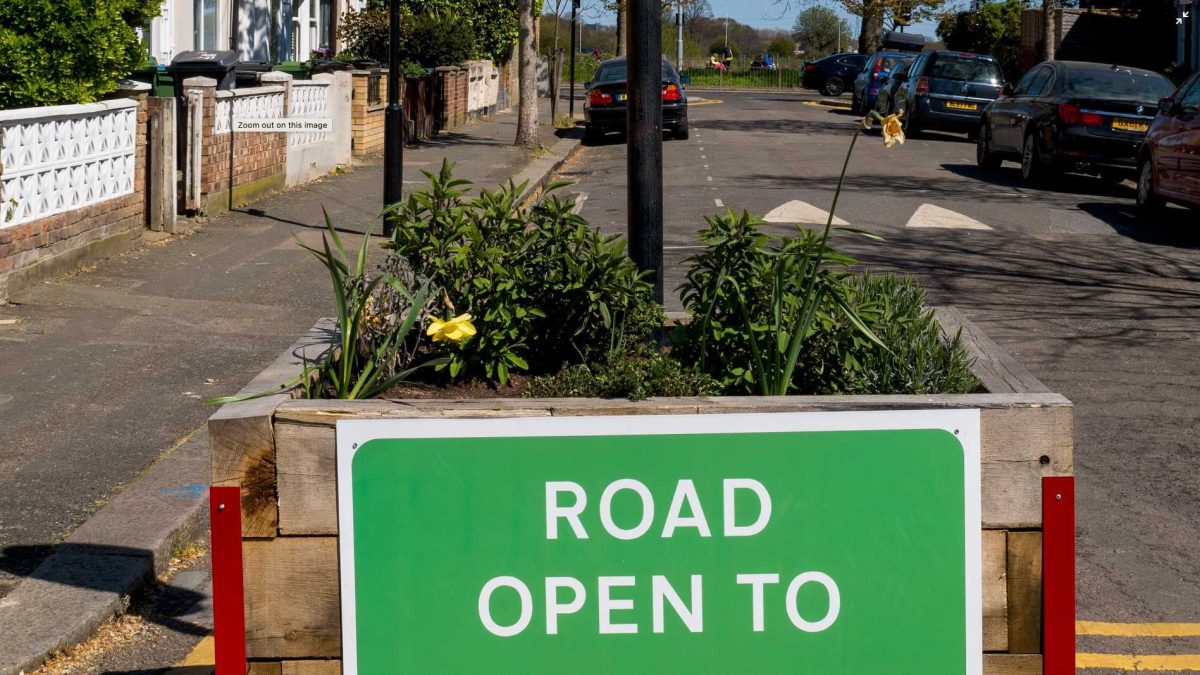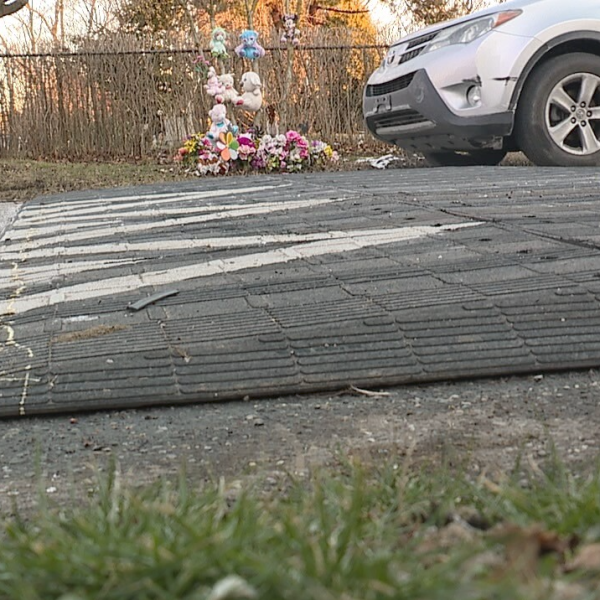
The Art of Rumble Strips
Rumble strips, those seemingly innocuous grooves cut into the pavement, have an undeniable artistry to them. They may appear mundane and utilitarian, but these unassuming strips have been designed with precision and purpose. From the different types used to the future innovations in rumble strip technology, there is a whole world to explore when it comes to the art of rumble strips.
Different Types of Rumble Strips Used
When it comes to rumble strips, there is no one-size-fits-all solution. Engineers and road safety experts have developed a range of designs to cater to different road conditions and objectives. From the classic longitudinal rumble strips to the more advanced sinusoidal and transverse designs, each type serves a specific purpose. These variations in design allow for tailored applications in various traffic situations.
Longitudinal rumble strips are the most common type and are typically installed parallel to the direction of travel. They produce a loud noise and vibration when a vehicle crosses over them, alerting drivers who may be veering off the road or drifting out of their lane. On the other hand, sinusoidal rumble strips feature a series of rounded grooves that create a more subtle rumbling effect. These are often used in urban areas where noise pollution is a concern, providing a gentler warning to drivers without causing excessive disturbance to nearby residents.
Transverse rumble strips, also known as “mumble strips,” are placed perpendicular to the direction of travel and are particularly effective at reducing speeds in specific zones, such as approaching intersections or toll booths. The distinctive pattern of these rumble strips creates a unique sound that alerts drivers to slow down or pay attention to changing road conditions ahead. By incorporating a variety of rumble strip designs into road safety measures, authorities can enhance driver awareness and improve overall traffic safety.
Design Considerations for Rumble Strips
Designing rumble strips is no child’s play. It requires a keen eye for detail and an understanding of road dynamics. Factors like spacing, width, and depth of the grooves are meticulously considered to achieve the desired effect. The aim is to create the perfect blend of audio and tactile cues to alert motorists without causing unnecessary discomfort. This delicate balance is key to the success of rumble strips as effective traffic calming tools.
When it comes to the spacing of rumble strips, engineers must take into account the speed at which vehicles are travelling. Closer spacing between the grooves can create a more intense vibration and noise, which may be suitable for high-speed roads where quick alerts are necessary. On the other hand, wider spacing is often preferred for lower speed areas to provide a gentler warning to drivers.
The width of rumble strips plays a crucial role in their effectiveness. Wider rumble strips are more likely to catch the attention of drivers due to their larger surface area, making them ideal for areas with complex road layouts or approaching intersections. Conversely, narrower rumble strips are commonly used on straight road sections to maintain driver alertness without being overly intrusive.
Installation Process of Rumble Strips
Installing rumble strips is a meticulous task that demands precision. The first step is selecting the appropriate location based on road conditions and traffic patterns. Once the ideal spot is identified, the pavement is carefully prepared by removing any debris and ensuring a clean surface. Specialized machinery is then employed to create the grooves with utmost accuracy. The process of installation may seem straightforward, but it is the attention to detail that separates a well-executed rumble strip from a mediocre one.
The depth and spacing of the rumble strips play a crucial role in their effectiveness. The depth of the grooves is calculated to produce the desired noise and vibration when vehicles pass over them, alerting drivers to potential hazards or lane departures. The spacing between individual rumble strips is also carefully measured to ensure optimal performance without causing discomfort to road users.
The material used for rumble strips is selected based on factors such as durability and visibility. High-quality materials are essential to withstand heavy traffic volumes and adverse weather conditions, ensuring the longevity of the rumble strips. Additionally, reflective elements can be incorporated into the rumble strips to enhance visibility during nighttime or low-light conditions, further improving road safety for all motorists.
Maintenance and Longevity of Rumble Strips
Like any work of art, rumble strips require regular maintenance to ensure their efficacy and longevity. The constant wear and tear from vehicular traffic can cause the grooves to wear down over time. Therefore, routine inspections and immediate repairs are essential to keep rumble strips in optimal condition. The application of durable materials and occasional resurfacing can help extend the service life of these remarkable safety features, preserving them for years to come.
The placement of rumble strips is a critical factor in their effectiveness. Strategic positioning on roadways, such as near intersections or approaching sharp curves, can significantly enhance their ability to alert drivers of potential hazards. By carefully considering the layout of the road and traffic patterns, transportation authorities can maximise the impact of rumble strips in improving road safety.
Advancements in technology have led to the development of innovative rumble strip designs that offer improved durability and performance. New materials and construction techniques are constantly being researched to enhance the resilience of rumble strips against varying weather conditions and heavy traffic loads. These cutting-edge solutions aim to not only prolong the lifespan of rumble strips but also enhance their visibility and effectiveness in warning drivers of potential dangers on the road.
Rumble Strip Design Principles
While the artistry of rumble strips may not be immediately obvious, a deeper understanding reveals the meticulous thought and consideration put into their design principles. A successful rumble strip design must strike a delicate balance between functionality and form. It should capture attention without distracting the driver from the task at hand. Achieving this visual harmony requires a combination of scientific analysis and creative flair.
One key aspect of rumble strip design is the spacing between the grooves. The distance between each groove is carefully calculated to produce the desired sound and vibration when a vehicle’s tires run over them. This spacing is crucial in ensuring that the rumble strips effectively alert drivers when they veer off the road or into another lane, providing a vital safety feature on highways and roads.
The depth and width of rumble strips play a significant role in their effectiveness. The dimensions of the grooves are engineered to create a specific noise level and vibration intensity that can be felt through the steering wheel, alerting drivers through both auditory and tactile feedback. This tactile response is designed to jolt drivers into awareness without causing discomfort or overstimulation, striking a balance that enhances road safety without causing unnecessary distraction.
Aesthetic Considerations
Art is subjective, and rumble strips are no exception. Some argue that these safety features mar the aesthetics of our roads, disrupting the visual harmony of the surroundings. However, when we consider the lives potentially saved and the accidents averted, the visual intrusion becomes a minor concern. The art in rumble strips lies not in their physical appearance, but in their ability to keep us safe and sound.
It is interesting to note that the design of rumble strips has evolved over time to strike a balance between functionality and aesthetics. Early versions were simple raised patterns on the road surface, primarily serving a utilitarian purpose. However, modern rumble strips are often designed with precision, taking into account not just their effectiveness in alerting drivers but also their impact on the overall visual appeal of the road.
The placement of rumble strips is a crucial consideration in road design. Engineers must carefully assess factors such as traffic volume, speed limits, and road conditions to determine the most strategic locations for installing these safety features. By strategically placing rumble strips, authorities can maximise their effectiveness in preventing accidents while minimising any potential negative impact on the visual aesthetics of the road environment.
Functionality vs. Form
In the world of rumble strips, the focus is undeniably on functionality. These safety features are not designed to be visually pleasing or aesthetically appealing. Their purpose is to jolt, rattle, and alert drivers to potential dangers. While we can appreciate the beauty in their efficacy, it’s crucial to prioritize their functionality over form. In the realm of road safety, functionality saves lives.
It is fascinating to note the evolution of rumble strips over the years. Initially introduced as a simple safety measure, they have now become a standard feature on many roads worldwide. The design and placement of rumble strips have been meticulously studied and refined to maximise their effectiveness in preventing accidents. Engineers and road safety experts continually assess and improve these unassuming yet vital components of our road infrastructure.
The sound produced by rumble strips, often likened to a musical vibration, serves as a sensory warning to drivers. This auditory feedback, combined with the physical vibrations felt through the vehicle, creates a multi-sensory alert system that enhances driver awareness. The integration of such sensory elements into road safety design highlights the innovative approaches taken to ensure the well-being of all road users.
Effectiveness in Enhancing Road Safety
Rumble strips have proven time and again their effectiveness in enhancing road safety. They act as a wake-up call, jolting drivers who may be inattentive or fatigued. Whether alerting motorists to an upcoming intersection, a change in road conditions, or simply signaling the need to reduce speed, these unassuming grooves have saved countless lives. The impact of rumble strips on accident prevention should never be underestimated.
Rumble strips are a cost-effective solution for improving road safety. Compared to other road safety measures, such as installing traffic lights or speed cameras, rumble strips require minimal maintenance once installed. This makes them a sustainable option for enhancing road safety in the long term, particularly on highways and rural roads where accidents are more likely to occur due to higher speeds and driver fatigue.
Studies have shown that the audible and tactile feedback provided by rumble strips can significantly reduce the number of run-off-road and head-on collisions. The noise and vibration generated when a vehicle crosses over rumble strips serve as a powerful warning signal to drivers, prompting them to correct their course and avoid potential accidents. This proactive approach to road safety not only saves lives but also helps in reducing the overall economic burden of road traffic accidents on society.
The Purpose and Benefits of Rumble Strips
Rumble strips serve a vital purpose on our roads. They provide valuable feedback to drivers, encouraging them to remain alert and focused. By reducing the incidence of accidents and increasing driver awareness, rumble strips contribute to overall road safety. These unassuming grooves are a testament to the dedication of engineers and road safety experts who continually strive to protect motorists and pedestrians alike.
Originally developed in the United States in the 1950s, rumble strips have since become a common feature on roads worldwide. The distinctive noise and vibration generated when a vehicle’s tyres run over rumble strips act as a warning signal, particularly effective in alerting drowsy or distracted drivers. In addition to their safety benefits, rumble strips are also cost-effective, requiring minimal maintenance once installed.
As technology advances, new variations of rumble strips are being explored, such as sinusoidal rumble strips that produce a lower noise level and are more comfortable for cyclists. The versatility of rumble strips extends beyond traditional road use; they are now being incorporated into bike lanes and pedestrian crossings to enhance safety for vulnerable road users. With ongoing research and innovation, rumble strips continue to evolve, ensuring that they remain a crucial tool in promoting road safety for all.
Future Innovations in Rumble Strip Technology
The art of rumble strips is ever-evolving, with constant advancements in technology and design. From the integration of sensors and smart systems to improve their functionality, to the use of sustainable materials to lessen environmental impact, the future of rumble strips looks promising. As roads become increasingly intelligent and connected, rumble strips will play a pivotal role in creating safer and more efficient transportation networks.
Looking ahead, one exciting innovation in rumble strip technology is the development of solar-powered rumble strips. These strips harness solar energy during the day, storing it in batteries to power LED lights embedded within the strips. This illumination enhances visibility during low-light conditions, such as at night or in adverse weather, further alerting drivers to potential hazards on the road.
Researchers are exploring the possibility of incorporating noise-canceling technology into rumble strips. By emitting sound waves that cancel out the noise produced when vehicles pass over the strips, this innovation aims to reduce noise pollution in residential areas near highways. This dual-purpose approach not only enhances road safety but also contributes to a more peaceful environment for communities living alongside busy roads.
In conclusion, rumble strips are more than mere grooves in the pavement. They are a testament to the artistry and engineering skill that goes into ensuring road safety. From their design considerations to the installation process and future innovations, rumble strips have proven their worth time and time again. So, the next time you drive over those unassuming grooves, take a moment to appreciate the art of rumble strips and the lives they safeguard.
















